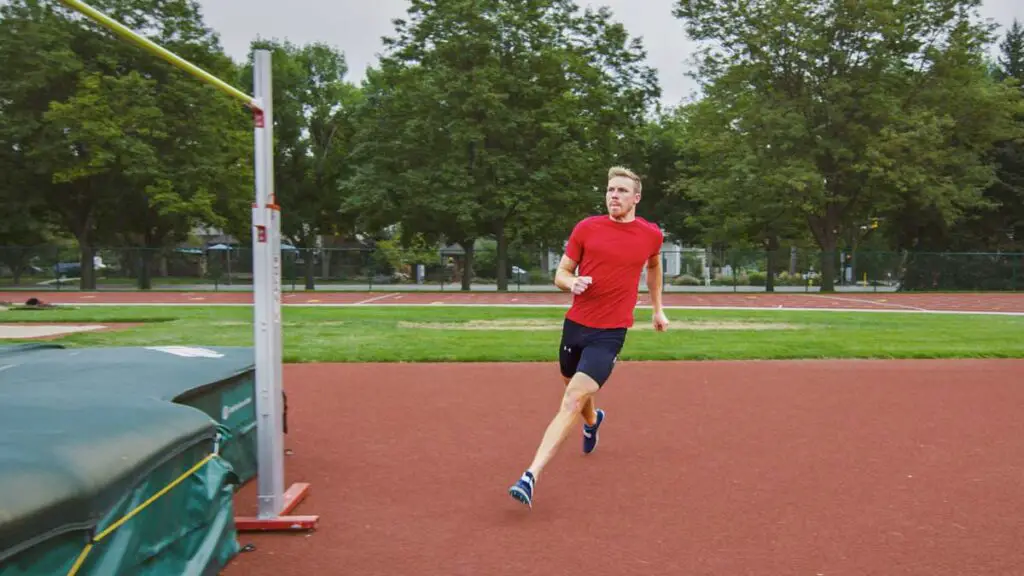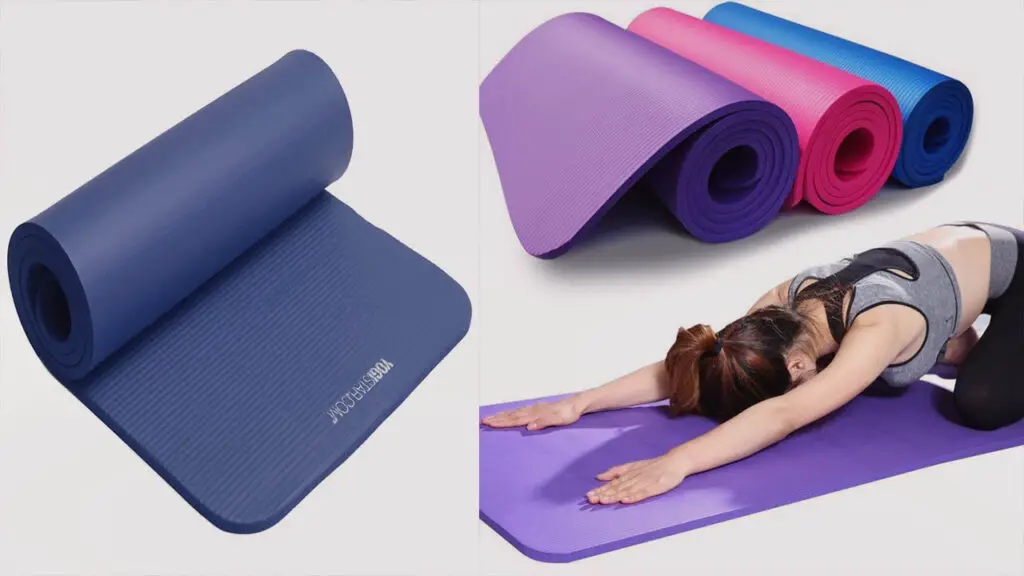To take body measurements for fitness, use a flexible measuring tape for accuracy and consistency. Start by measuring your chest, waist, hips, arms, and thighs to track your progress and set fitness goals.
Proper measurement techniques are essential to accurately and effectively assess your fitness journey. Taking body measurements for fitness plays a crucial role in tracking progress and setting fitness goals. By measuring specific areas of the body with a flexible measuring tape, individuals can gain a clear understanding of their physical changes over time.
This practice enables individuals to monitor their progress and make informed decisions about their fitness routines and dietary habits. Additionally, accurate body measurements can help individuals set practical and achievable fitness goals. Therefore, mastering the technique of taking body measurements is essential for anyone committed to improving their fitness and overall well-being.
Importance Of Accurate Body Measurements
Accurate body measurements play a crucial role in the fitness journey as they provide a clear understanding of an individual’s physical progress. Taking correct body measurements allows for effective goal setting, accurate tracking of progress, and ensuring a personalized fitness plan.
Impact on Goal SettingImpact On Goal Setting
Accurate body measurements are the bedrock of setting realistic fitness goals. By knowing your current body measurements, you can establish achievable objectives based on your unique physique. Whether it’s targeting specific areas for muscle gain or fat loss, having precise measurements provides a clear roadmap for progress. By setting realistic goals, individuals are more likely to stay motivated and committed to their fitness journey.
Tracking ProgressTracking Progress
Accurate body measurements provide a tangible way to track progress throughout your fitness regimen. Whether it’s through the use of measurements, progress photos, or other tracking methods, these quantitative indicators give insight into whether your current fitness routine is effective. Regularly monitoring body measurements helps individuals make informed decisions about adjusting their workout plans or dietary habits to achieve their desired results.
Essential Body Parts To Measure
When it comes to tracking your fitness progress, taking accurate body measurements is key. Knowing how to measure essential body parts can help you track changes in your physique more effectively and set realistic fitness goals. Below, we’ll discuss the essential body parts to measure, including chest, waist, hips, arms, and thighs.
Chest
The chest measurement is crucial for both men and women. To measure your chest, wrap the measuring tape around the fullest part of your chest, ensuring it’s parallel to the ground.
Waist
Measuring your waist provides valuable insight into your overall health and fitness. To measure your waist accurately, locate the narrowest part of your torso, usually just above the belly button, and wrap the tape measure around it.
Hips
Your hip measurement can help you understand how your body is changing in terms of muscle gain and fat loss. To measure your hips, wrap the tape measure around the widest part of your hips and buttocks while keeping it parallel to the ground.
Arms
Measuring your arms can help monitor muscle growth or fat loss. To measure your arms, ensure your muscles are relaxed, then wrap the tape measure around the largest part of your upper arm.
Thighs
Measuring your thighs can provide insights into the effectiveness of your lower body workouts. To measure your thighs, wrap the tape measure around the fullest part of your upper leg, typically a few inches below your hip joint.
Technique For Taking Accurate Measurements
When it comes to tracking your fitness progress, taking accurate body measurements is essential. This technique is crucial for monitoring changes in your body composition and ensuring that your fitness goals are on track. By following the right approach, you can obtain precise measurements that will help you assess your progress effectively. In this article, we’ll explore the technique for taking accurate body measurements, covering important aspects such as ensuring consistency, using proper tools and equipment, and maintaining correct posture and positioning.
Ensuring Consistency
Consistency is key when it comes to taking body measurements for fitness purposes. To ensure accurate and reliable results, it’s important to follow a consistent method each time you take your measurements. This means using the same tools, positioning, and techniques for each measurement session. By maintaining consistency, you can minimize the margin of error and obtain reliable data for tracking your fitness journey.
Proper Tools And Equipment
Using the proper tools and equipment is crucial for obtaining accurate body measurements. Quality measuring tape and body fat calipers are essential tools that should be used consistently. When selecting a measuring tape, opt for a flexible and non-stretchable model to ensure precision. Body fat calipers should be of high quality and properly calibrated to provide accurate measurements of skinfold thickness.
Correct Posture And Positioning
Correct posture and positioning play a significant role in obtaining precise body measurements. When measuring various body parts such as the waist, hips, chest, and arms, maintain a natural stance with relaxed muscles. Ensure that the measuring tape is parallel to the floor and doesn’t dig into the skin. For skinfold measurements with calipers, it’s essential to grasp the skinfold with consistent pressure and take the measurement at the same anatomical sites each time.
Interpreting And Using Measurement Data
When it comes to reaching your fitness goals, understanding how to interpret and use your body measurement data is crucial. By analyzing your measurements, you can set realistic fitness goals, adjust your workout and nutrition plans, and track your progress effectively.
Setting Realistic Fitness Goals
Interpreting your body measurement data allows you to set attainable fitness objectives. By analyzing your measurements, such as waist circumference, hip-to-waist ratio, and body fat percentage, you can determine areas for improvement. Establishing realistic goals based on the data helps you stay motivated and focused on achieving measurable results.
Adjusting Workout And Nutrition Plans
Using measurement data, you can tailor your workout and nutrition plans to target specific areas for improvement. For instance, if you notice a high body fat percentage, you can prioritize fat-burning exercises and adjust your diet accordingly. Adapting your routines based on these measurements ensures that you are effectively addressing your fitness needs.
Tips For Maintaining Consistency
When it comes to achieving your fitness goals, it’s essential to maintain consistency in taking body measurements. By consistently tracking your progress, you can make informed decisions about your workout routine, nutrition, and overall health. Here are some valuable tips for maintaining consistency when taking body measurements for fitness:
Regular Measurement Schedule
To ensure accuracy and consistency, establish a regular schedule for taking your body measurements. Ideally, measure yourself every two weeks or monthly, using the same time of day and under similar conditions, such as after waking up or before a meal. This regularity aids in minimizing any fluctuation due to factors like hydration or daily activities, providing a more accurate assessment of your progress.
Monitoring Changes
Consistently monitor changes in your body measurements, noting any fluctuations or trends over time. Pay attention to measurements such as waist circumference, hips, chest, arms, and thighs. Keeping track of these changes can help you identify areas that may require adjustments in your fitness routine or nutrition plan. You can also track non-scale victories, such as changes in muscle tone and overall body composition.
Adapting To Individual Progress
Recognize that individual progress varies, and it’s important to adapt your approach accordingly. Understanding your body’s unique response to exercise and nutrition enables you to make personalized adjustments to your fitness plan. Rather than focusing solely on numerical measurements, consider how you feel, your energy levels, and physical performance, as these indicators contribute to a holistic view of your progress.
“`By implementing these tips, you can establish a consistent and reliable method for tracking your fitness journey through body measurements. Regularity, attentive monitoring, and personalized adaptation are key factors in maintaining consistency and effectively tracking your progress.
Credit: dailyburn.com
Frequently Asked Questions On How To Take Body Measurements For Fitness
What Is The Importance Of Taking Body Measurements For Fitness?
Taking body measurements helps track progress and set realistic fitness goals. It provides valuable data to tailor workouts and monitor changes in body composition.
How Often Should I Take Body Measurements For Fitness?
For accurate tracking, take measurements every 4-6 weeks. This allows enough time for changes to occur while preventing unnecessary stress from frequent measurements.
What Are The Essential Body Measurements For Fitness Tracking?
Key measurements include waist, hips, chest (for men), and bust (for women). Tracking these areas provides insight into fat distribution and muscle development.
Can I Take My Body Measurements At Home?
Yes, you can easily take measurements at home with a flexible tape measure and proper guidance. Ensure to measure at the same time of day for consistency.
Conclusion
Taking accurate body measurements is crucial for tracking fitness progress. By following the correct techniques, individuals can ensure they get reliable results. Additionally, understanding the importance of consistency and precision in measuring can lead to better fitness outcomes. With regular monitoring and adjustments, individuals can achieve their fitness goals effectively.



